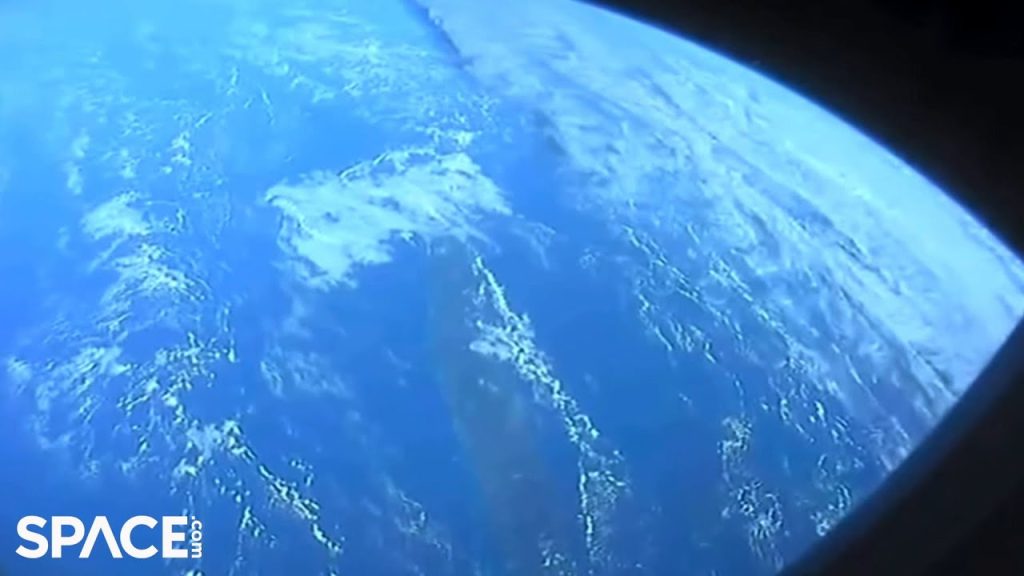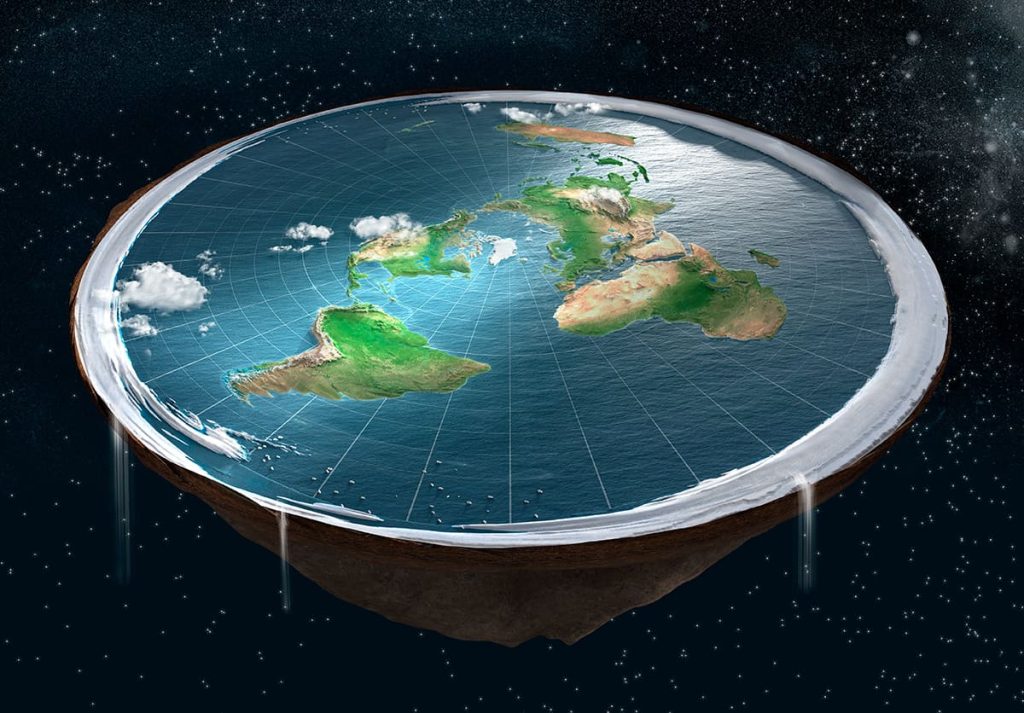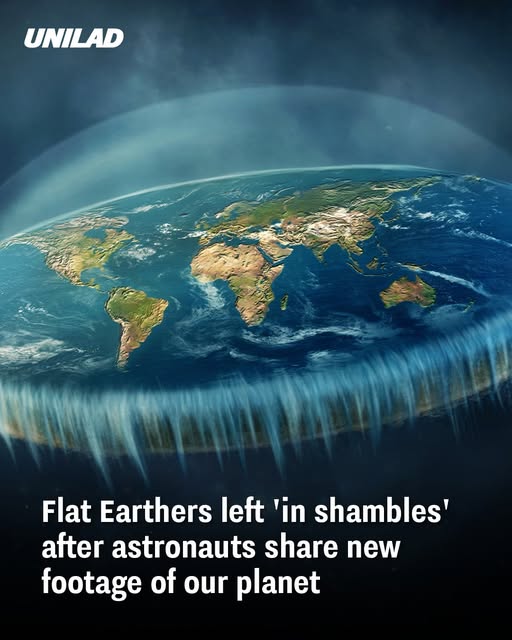SpaceX’s recent Fram2 mission has provided compelling visual evidence of Earth’s curvature, reigniting debates with flat Earth proponents. The mission’s groundbreaking footage from polar orbits offers a fresh perspective on our planet’s shape.
SpaceX’s Fram2 Mission: A Historic Achievement
On April 1, 2025, at approximately 9:46 PM, SpaceX launched the Fram2 mission from Launch Complex 39A at NASA’s Kennedy Space Center in Florida. This mission was historic, marking the first time humans orbited Earth over its polar regions. The crew aboard the Dragon spacecraft included private astronauts Chun Wang, Jannicke Mikkelsen, Rabea Rogge, and Eric Phillips. Their objective was to orbit approximately 270 miles above Earth, passing over the North and South Poles multiple times daily. This endeavor aimed to unlock new possibilities for human spaceflight and provide a deeper understanding of our planet’s polar regions.

Capturing Earth’s Polar Regions
During their mission, the Fram2 crew captured and shared stunning footage of Earth’s polar regions. SpaceX released these visuals, showcasing the planet’s curvature and the breathtaking landscapes of the poles. Elon Musk, SpaceX’s CEO, highlighted the significance of this achievement, noting that it was the first time humans had been in orbit around Earth’s poles.
Reactions from the Flat Earth Community
The release of this footage prompted varied reactions, particularly from the flat Earth community. Many flat Earthers questioned the authenticity of the visuals, suggesting they were digitally altered or captured using fisheye lenses to create the illusion of curvature. Some dismissed the footage as deep fake or CGI, while others argued that the extensive ice coverage was inconsistent with their understanding of Earth’s geography.
Public Response and Social Media Discourse
Conversely, many individuals took to social media to highlight the footage as definitive evidence of Earth’s roundness. Users expressed amazement at the visuals and challenged flat Earthers to reconsider their beliefs in light of this new evidence. Comments ranged from playful jabs to serious discussions about the implications of the footage on longstanding debates regarding Earth’s shape.

The Ongoing Debate: Evidence vs. Belief
This incident underscores the ongoing tension between scientific evidence and personal belief systems. Despite clear visual evidence from space missions like Fram2, some individuals remain steadfast in their convictions about Earth’s shape. This persistence highlights the challenges inherent in changing deeply held beliefs, even when faced with compelling contradictory evidence.
The Persistence of Flat Earth Beliefs
The Flat Earth theory, despite extensive scientific evidence to the contrary, continues to have a following. Organizations like The Flat Earth Society advocate for this perspective, often dismissing photographic and video evidence from space as fabricated or misleading. This skepticism extends to private space enterprises like SpaceX, with some Flat Earthers labeling the company as “FakeX” and accusing it of disseminating false information. This pattern of disbelief highlights a broader issue of conspiracy thinking, where individuals may reject empirical evidence in favor of alternative explanations that align with their preconceived notions.
Conclusion
SpaceX’s Fram2 mission represents a significant milestone in human space exploration, offering unprecedented views of Earth’s polar regions and providing clear evidence of the planet’s curvature. While this has reignited debates with flat Earth proponents, the mission’s success contributes to a broader understanding of our world and emphasizes the importance of scientific inquiry and evidence-based conclusions.

















